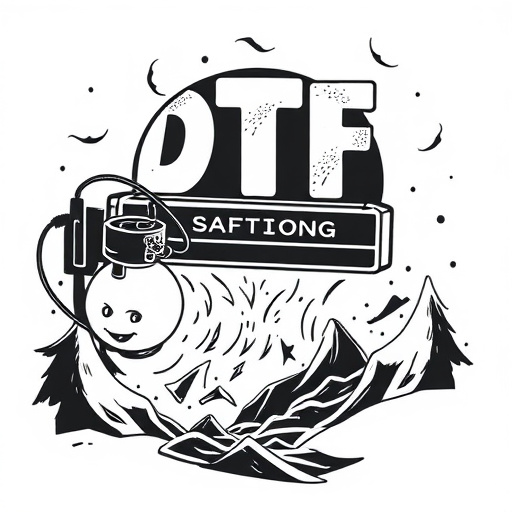Federal employees injured on the job are entitled to a comprehensive care system guided by U.S. government guidelines. Understanding rights, including access to medical services, disability benefits, and rehabilitation, is crucial. Effective communication through clear language, active listening, and non-judgmental environments improves recovery. Proper documentation and immediate medical attention are key steps, aiding in benefit eligibility determinations like functional rehabilitation.
Navigating federal employee injury care requires understanding your rights, effective communication, and proper documentation. This comprehensive guide outlines best practices to ensure a smooth and efficient process. By understanding your entitlements and adhering to structured communication and reporting methods, you can secure quality treatment and favorable outcomes. Discover key strategies for documenting injuries and reporting them accurately, empowering you to advocate for your needs during federal employee injury care.
- Understanding Federal Employee Injury Care Rights
- Effective Communication During Treatment
- Documenting and Reporting Injuries Properly
Understanding Federal Employee Injury Care Rights

Federal employees who sustain injuries on the job are entitled to a comprehensive range of care and support. Understanding one’s rights is the first step in ensuring adequate treatment and compensation. The U.S. government has established guidelines and regulations to protect the well-being of its workers, providing access to medical services, disability benefits, and other forms of assistance following an injury.
Knowledgeable federal employees are empowered to navigate the system effectively. This includes recognizing the right to prompt medical attention, understanding the process of filing a claim, and being aware of the available options for functional rehabilitation or post-accident rehabilitation. Familiarity with these rights can significantly impact the overall recovery experience, ensuring employees receive the necessary care and support during what can be a challenging time.
Effective Communication During Treatment

Effective communication is a cornerstone of successful federal employee injury care treatment. Patients and healthcare providers must work together to ensure clear understanding of diagnoses, treatment plans, and expected outcomes. This collaborative approach facilitates informed decision-making by the patient, fostering trust and engagement throughout the healing process.
During treatment, it’s crucial to address any concerns or questions that arise regarding back pain relief, mobility improvement, and spinal adjustment techniques. Healthcare professionals should employ simple, accessible language to explain procedures, potential risks, and benefits. Active listening is equally important; patients should feel encouraged to voice their experiences and expectations without fear of judgment. Such open communication ensures the patient’s comfort, promotes adherence to treatment protocols, and ultimately enhances overall recovery outcomes in federal employee injury care.
Documenting and Reporting Injuries Properly

When a federal employee experiences an injury on the job, proper documentation and reporting are crucial for effective federal employee injury care. The immediate step after an injury is to ensure the employee receives prompt medical attention for diagnosis and treatment. This includes seeking care from qualified healthcare providers who can offer specialized knowledge in managing work-related injuries. After initial treatment, comprehensive record-keeping becomes essential.
Injury details such as the incident description, date, time, and location should be accurately documented. Additionally, recording specific symptoms, diagnostic results, and prescribed treatments is vital. This information serves as a reliable resource for tracking the employee’s recovery progress and is critical for determining eligibility for federal employee injury care benefits and services, including potential functional rehabilitation or pinched nerve relief interventions to alleviate neck pain relief.
Federal employee injury care is a complex process, but with clear communication, proper documentation, and adherence to legal rights, employees can navigate their treatment effectively. By understanding their entitlements and employing best practices discussed in this article—from effective communication to meticulous reporting—federal workers can ensure they receive the support needed for a successful recovery.














